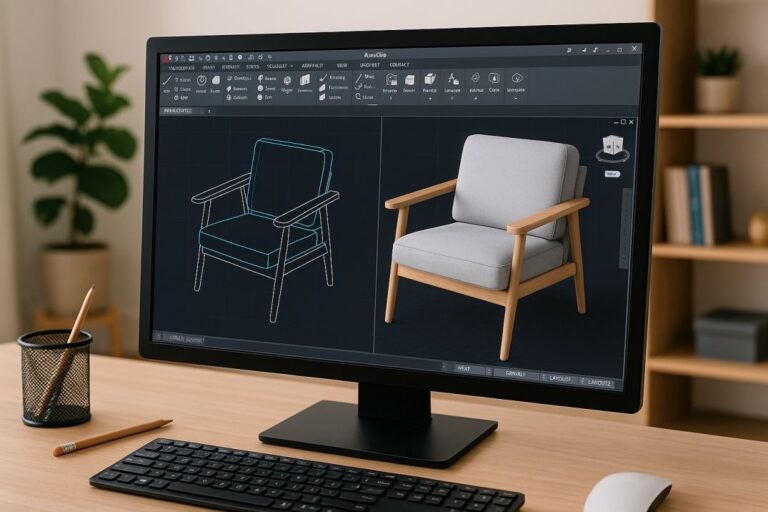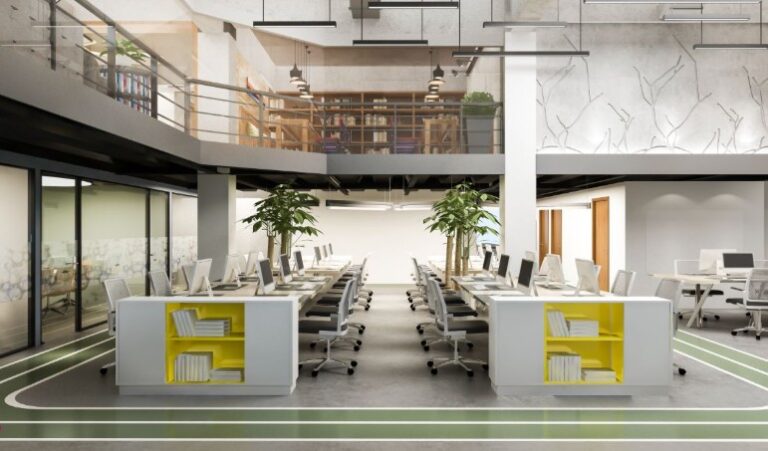
<a href="https://www.vecteezy.com/free-photos/augmented-reality">Augmented Reality Stock photos by Vecteezy</a>
The rise of remote work has not only reshaped how people work but also where they work. Coworking spaces have become the go-to solution for freelancers, startups, and even corporations looking to escape the confines of traditional offices. But what fueled this shift? A big part of the answer lies in the development of key technologies like cloud computing, mobile apps, and augmented reality (AR). These advancements have made remote work more accessible, efficient, and enjoyable, propelling the coworking space trend into the stratosphere. Let’s dive into how each of these technologies has changed the shared office space scene.

Cloud Computing: The Ultimate Collaboration Tool
If there’s one technology that truly paved the way for coworking spaces to thrive, it’s cloud computing. It’s the digital backbone that keeps businesses running when teams are scattered across different time zones, continents, or just coffee shops. Without cloud platforms like Google Workspace, Microsoft 365, or Dropbox, remote workers would still be wrestling with USB drives like it’s 2008.
Cloud computing has enabled businesses to collaborate seamlessly, storing documents, files, and projects in the virtual ether rather than on a dusty office server. This means people can work from anywhere with an internet connection—whether that’s from a cozy home office, a bustling café, or a trendy San Francisco coworking space. And with such flexibility, more professionals are ditching the cubicles and embracing the shared office lifestyle.
Plus, let’s face it: working in your PJs from a coworking space sounds a lot cooler than sitting in a corporate cubicle. It’s freedom with Wi-Fi, and that’s thanks to the cloud.
Mobile Apps: The Coworker’s Best Friend
Remember when mobile phones were just for calling? Yeah, me neither. Thanks to mobile apps, today’s smartphones are powerhouses of productivity. Mobile apps specifically designed for coworking spaces and remote work, like Slack, Zoom, and Asana, are now the lifeblood of modern professional communication. You can attend meetings, track projects, and keep in touch with your team—all from the palm of your hand.
Coworking spaces have also jumped on the app bandwagon. Dedicated apps like Cobot and Nexudus allow users to book desks, reserve conference rooms, and manage memberships, all without any face-to-face interaction. Because let’s be honest, some days we just can’t handle small talk at the front desk.
Moreover, these apps ensure that remote workers can quickly and easily find a place to work, even while they’re on the go. So, whether you’re working from New York today and San Francisco tomorrow, mobile apps make it a breeze to transition from one location to the next.
Augmented Reality: The Future of Collaboration
Augmented Reality (AR) isn’t just for Pokémon Go or quirky Instagram filters anymore. It’s also making waves in the professional world, offering coworking spaces an entirely new way to collaborate. Imagine popping on a pair of AR glasses and walking through a virtual design, interacting with colleagues as if they’re sitting right next to you, even though they might be thousands of miles away. This isn’t the future—it’s already happening.
AR tools like Spatial are transforming how remote teams collaborate on complex projects. Architects, engineers, and designers can visualize 3D models in real-world environments, providing a level of interaction that a standard video call simply can’t offer. As AR tech becomes more widely adopted, coworking spaces might just become the new hub for cutting-edge collaboration.
And with coworking spaces providing the infrastructure for AR setups, who wouldn’t want to work in an office where virtual and real worlds collide? Plus, it’s probably the only scenario where you can wear oversized goggles in a meeting and not look ridiculous.
The Rise of Remote Workers and Coworking Spaces
Technologies like cloud computing, mobile apps, and augmented reality have drastically altered the landscape of remote work. But they’ve also done something more significant: they’ve made the idea of coworking spaces a practical solution for many businesses and freelancers. With these tech advancements, remote workers are no longer bound to a single location. They can hop between coworking spaces or work from wherever they please—all while staying productive and connected.
In fact, coworking spaces aren’t just for the solo freelancer anymore. Entire companies are embracing the flexible office environment, offering memberships to teams of all sizes. This shift has opened the door for coworking spaces to become not just a trendy option but a vital part of the modern workplace ecosystem. If you’re in need of a workspace that combines flexibility, connectivity, and community, check out platforms like Coworker to find the perfect space for your team.
Also Read: Engineered Alarm Solutions: Why Your Security System Needs A GSM For Communication
Final Thoughts: A Tech-Powered Revolution
It’s clear that cloud computing, mobile apps, and augmented reality have fundamentally transformed how and where we work. These technologies have given rise to the coworking space boom, offering flexibility, collaboration, and innovation in a world where the traditional office is increasingly seen as outdated. As tech continues to evolve, the coworking space scene will likely become even more dynamic and essential.
So, the next time you log into the cloud, book a desk through an app, or throw on some AR goggles, just remember: you’re living in the future, and coworking spaces are right there with you.
By leveraging these tools, coworking spaces will continue to grow as the ultimate solution for modern professionals. And if you’re looking for your next workspace, don’t forget to explore your options at a San Francisco coworking space or any other location through Coworker.com.







